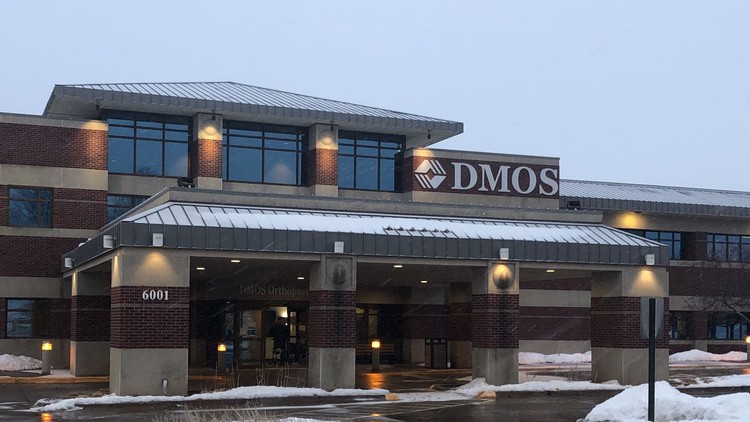
Capstone Presentation
What you will learn
By the end of this course learners can expect to answer the following questions below:
Identify Three Common Injuries Treated in Outpatient Hands Settings
Identify common orthoses fabricated in outpatient hands that relate to injuries identified above
Identify three steps in the process to becoming a CHT
Description
This is a capstone presentation generated by a third year Drake University Occupational Therapy Doctoral Candidate. The presentation summarizes the capstone project which was intended to generate level II curriculum for an outpatient hand surgical setting. The setting of this capstone took place at DMOS located in West Des Moines, IA. The project was created through an initial literature review, critically appraised topic, and collaboration with CHT’s onsite. The project includes several artifacts that are intended to assist with future student engagement and expectations. Artifacts include an annotated bibliography on common surgical procedures, a weekly checklist, pre site study guide materials, an anatomy review coloring guide, and a “how to guide” to complete common orthoses fabrication. Additionally, the project provided information and resources for students interested in continuing on for their advanced certification of CHT. This presentation is intended for students interested in pursuing a career in outpatient hands as well as plan to continue on for their CHT. It is also beneficial for site mentors looking to enhance or expand their site curriculum for students. By the end of this presentation students and fieldwork mentors will be able to identify three common injuries seen in this setting, the orthoses that correspond with those injuries, as well as identify the steps to becoming a CHT.
Content